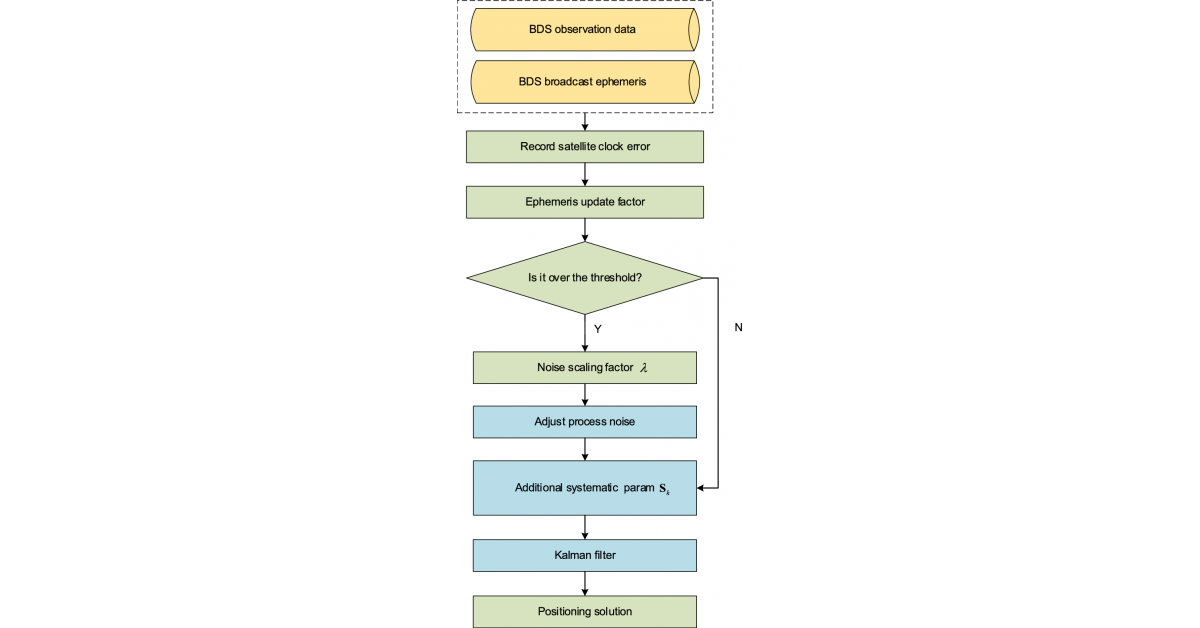The flow of the proposed algorithm.
GA, UNITED STATES, December 10, 2025 /EINPresswire.com/ — Precise Point Positioning (PPP) is widely used for high-accuracy navigation, but broadcast ephemeris from the BDS-3 system still suffers from…

The flow of the proposed algorithm.
GA, UNITED STATES, December 10, 2025 /EINPresswire.com/ — Precise Point Positioning (PPP) is widely used for high-accuracy navigation, but broadcast ephemeris from the BDS-3 system still suffers from…